18+ Sample Photography Website
-
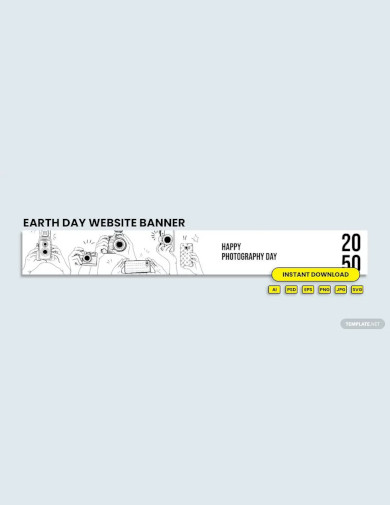
Photography Website Banner
download now -
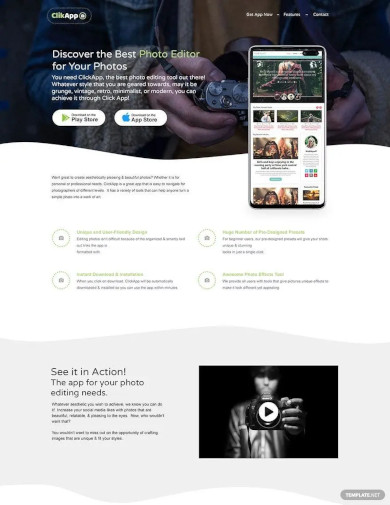
Photography Website App Landing Page
download now -
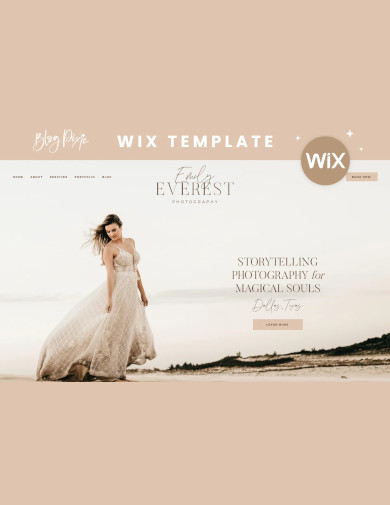
Wix Photography Website
download now -
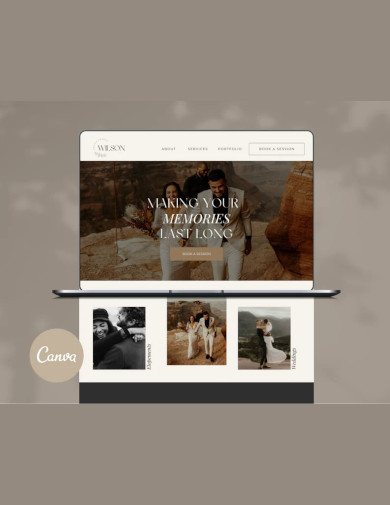
Canva Photography Website
download now -
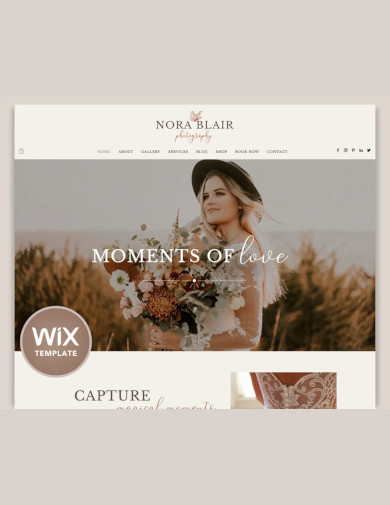
Photography Website Design
download now -
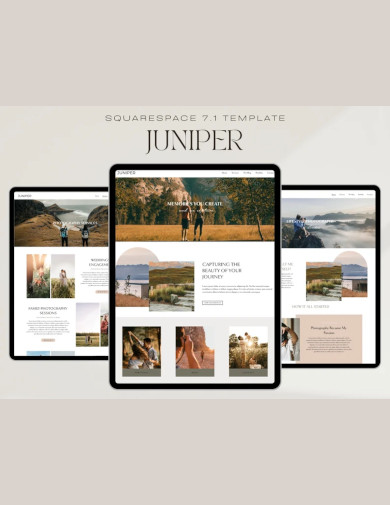
Squarespace Photography Website
download now -
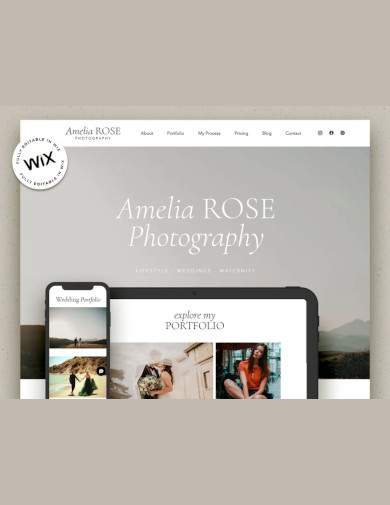
Elegant Photography Website
download now -
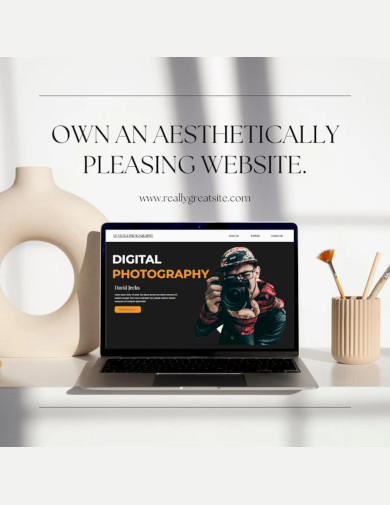
Digital Photography Website
download now -
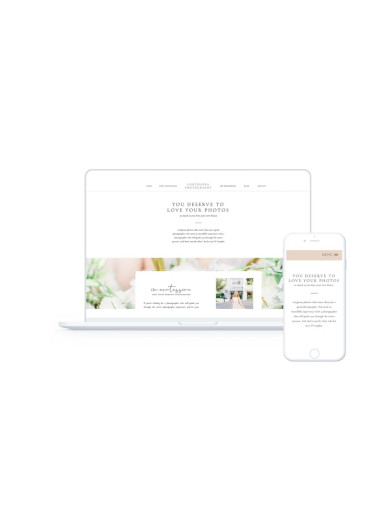
Fine Art Photography Website
download now -
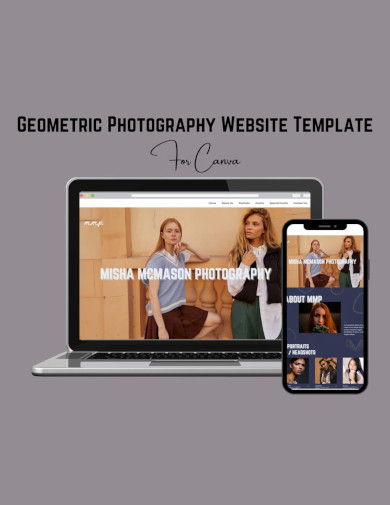
Geometric Photography Website
download now -
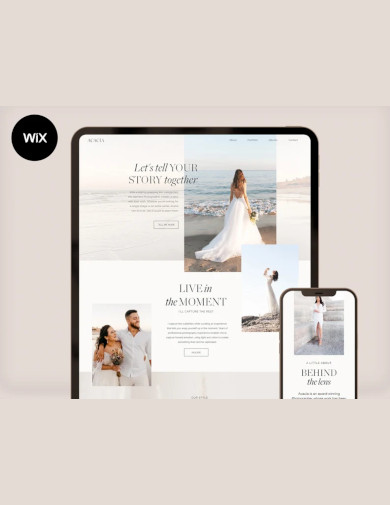
Light and Airy Photography Website
download now -

Showit Website for Photographers
download now -
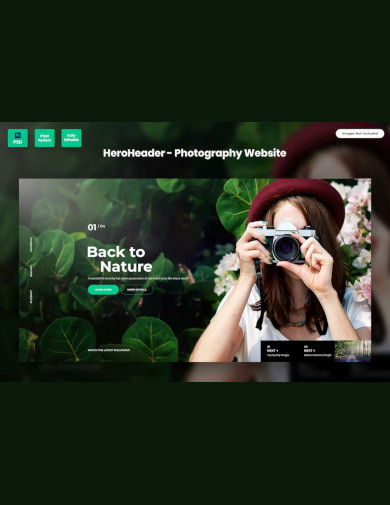
Nature Photography Website
download now -
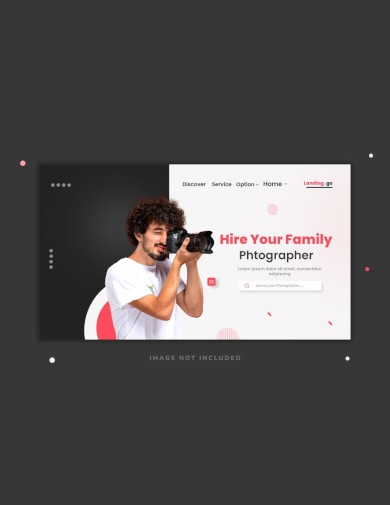
Family Photography Website
download now -

School Photography Website
download now -
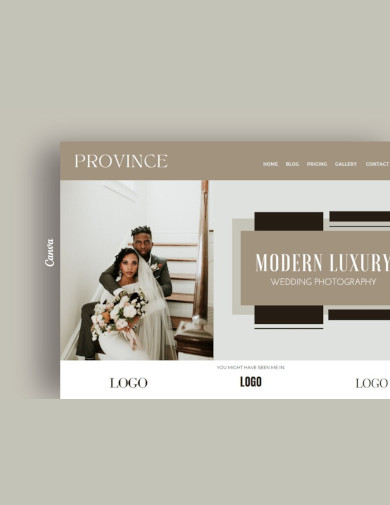
Luxury Wedding Photography website
download now -

Photography Flyer Website
download now -
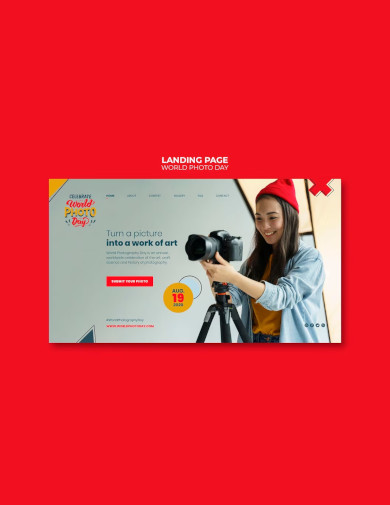
Photography Webiste Landing Page
download now -

Photography Portfolio Website
download now
FREE Photography Websites to Download
18+ Sample Photography Website
What is a Photography Website?
Types of Photography Websites
How to Create a Minimalist and Simple Photography Website
FAQs
What are some of the benefits of using stunning photography website templates for your portfolio?
What are some of the most popular gallery templates for photography websites?
What are the different formats of photography website templates available?
What are some of the essential features of a good photography website template?
What is a Photography Website?
A photography website is a virtual sanctuary where the artistry of visual storytelling unfolds. It is a digital platform meticulously designed to showcase the talent, creative brilliance, and mastery of a photographer’s craft. Acting as an online project portfolio, this platform exhibits a stunning collection of images, elegantly arranged in galleries and templates that set the tone for the viewer’s experience. With a modern touch, it seamlessly integrates background images, providing a picturesque backdrop for various themes such as weddings, fashion, personal, product, and real estate photography. Beyond modern aesthetics with simplicity and minimalism, a photography website serves as a gateway to inspiration, enabling photographers to share their vision with a global audience, forge connections, and seize opportunities in the ever-evolving world of visual art.
Photography websites hold immense significance and wield great effectiveness for photographers, businesses, professionals, clients, and individuals alike. According to reliable statistics, 88% of consumers research businesses online before engaging with them, and 75% judge a company’s credibility based on its website design. For photographers, a website serves as a powerful tool to showcase their portfolio, creativity, and unique style to a global audience, attracting potential clients and collaborations. Businesses and professionals benefit from photography websites by visually communicating their brand identity, enhancing their online presence, and increasing customer engagement. Clients and individuals rely on these websites to explore and select photographers who align with their vision, capturing milestones, events, and memories through captivating imagery. With the right keywords, eye-catching design, and user-friendly interface, photography websites become compelling gateways to connect, inspire, and leave lasting visual impressions.
Types of Photography Websites
In the vast realm of photography websites and photography proposals such as event photography proposals and wedding photography proposals, diverse genres, and purposes emerge, each catering to unique artistic visions and professional needs. From portfolio showcases to wedding galleries, explore the varied landscapes of photography websites and their distinctive designs and functionalities.
How to Create a Minimalist and Simple Photography Website
Creating a minimalist and simple photography website involves several steps to ensure a clean and visually engaging design that focuses on your photographs. Here are five steps to guide you through the process:
Step 1: Plan and Organize Your Website
Outline the structure and content of your website. Determine the key sections such as the homepage, portfolio, about page, and contact information. Categorize your photographs into different galleries or projects to provide a cohesive browsing experience.
Step 2: Select a Minimalist Photography Website Template
Choose a website template that aligns with the minimalist aesthetic. Look for clean layouts, ample white space, and simple navigation. Platforms like WordPress offer numerous minimalist templates specifically designed for photography websites. Ensure the template showcases your images prominently and allows easy customization to reflect your style.
Step 3: Streamline Design Elements
Keep the design elements minimal and uncluttered. Opt for a simple color palette, using neutral tones or monochromatic schemes to complement your photographs. Use a legible font that enhances readability without overshadowing the visuals. Incorporate subtle and minimalistic navigation menus, such as a top or sidebar, to maintain a clean interface.
Step 4: Emphasize Image Display
Place your photographs at the center of attention. Use large and high-resolution images that highlight your skills and capture viewer interest. Implement a grid or masonry layout to showcase your portfolio, ensuring images are displayed in a consistent and visually pleasing manner. Enable features like lightbox galleries or slideshows for a seamless and immersive viewing experience.
Step 5: Optimize for Speed and Mobile Devices
Ensure your website loads quickly to retain visitors’ attention. Compress and optimize your images without compromising quality. Opt for a responsive design that adapts to different screen sizes, allowing viewers to enjoy your photographs on mobile devices. Test the website’s responsiveness and functionality across various browsers and devices to guarantee a consistent experience.
FAQs
Using a photography website template can be a great way to showcase your work and attract potential clients. A well-designed template can highlight your photography in a professional and visually appealing way, making it easier for clients to navigate and view your portfolio. A good template can also save you time and money on design and development, as many templates come with pre-built layouts and features that you can customize to suit your needs. Additionally, a template can help you establish a consistent brand image and make your website look more polished and professional.
There are many different gallery templates available for photography websites, each with its own unique features and layout. Some popular options include grid-style galleries, full-screen galleries, and masonry-style galleries. Grid-style galleries are a popular choice for photographers who want to showcase a large number of images in a clean, organized way. Full-screen galleries are ideal for showcasing large, high-quality images that need to be seen in detail. Masonry-style galleries are a more dynamic option that allow you to display images in a variety of sizes and shapes.
There are many different formats of photography website templates available, including WordPress themes, HTML templates, and website builders like Squarespace and Wix. WordPress themes are a popular choice for photographers who want a flexible, customizable platform with a wide range of features and plugins. HTML templates are a good option for photographers who want more control over the design and development of their websites. Website builders like Squarespace and Wix are ideal for photographers who want a simple, user-friendly platform with drag-and-drop functionality and pre-built templates.
A good photography website template should include essential features based on a comprehensive website strategy plan like a gallery or portfolio page, a contact form, and an about page. It should also be mobile-responsive and optimized for search engines, with fast load times and clean, organized code. Other features to look for include social media integration, a blog, and e-commerce functionality for selling prints or other products.
What are some of the benefits of using stunning photography website templates for your portfolio?
What are some of the most popular gallery templates for photography websites?
What are the different formats of photography website templates available?
What are some of the essential features of a good photography website template?
With the availability of stunning photography website templates in various formats such as EPS, JPG, SVG, PNG, and PSD, photographers can easily showcase their work in a professional and visually appealing way. These templates can save time and money on design and development while allowing for customization to suit personal style and brand image. With a well-designed website template that is mobile-responsive and optimized for search engines, photographers can attract more clients and reach a wider audience. Plus, we have included various sample photography website templates and other documents for your work such as photography shot lists, photography checklists, and photography contracts.
